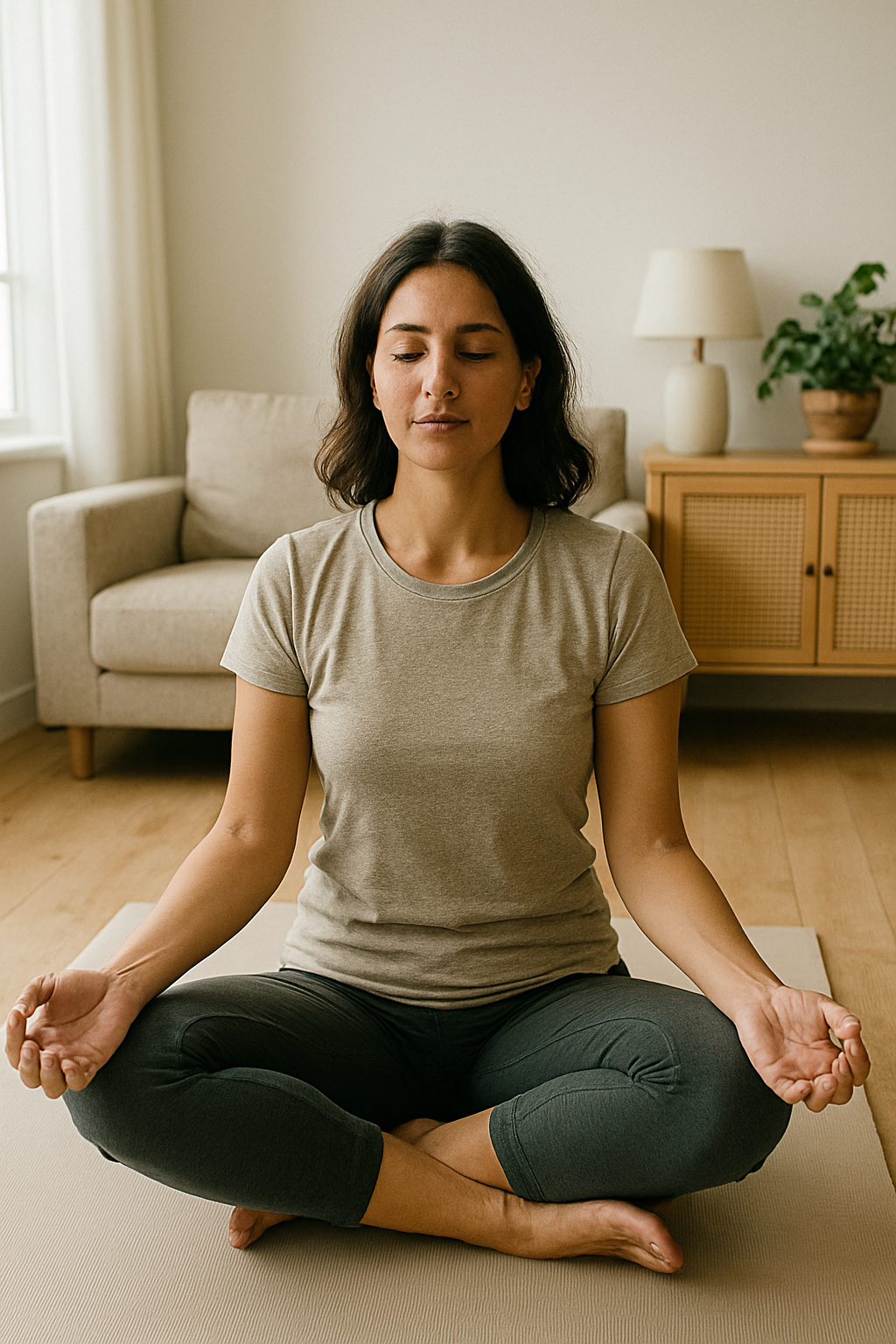The desire to live a healthier life often comes with overwhelming pressure. Between social media “morning routines,” extreme diet trends, and hyper-structured productivity hacks, it’s easy to believe that becoming healthy means following an all-or-nothing lifestyle. But what if true well-being had less to do with perfection and more to do with consistency, kindness, and balance?
In this article, we’ll explore how to build a sustainable, health-focused routine — one that supports both your body and mind without slipping into rigidity or self-judgment.
Why Extremes Don’t Work (and What the Science Says)
Extreme routines might feel exciting at first. You start waking up at 5 AM, cutting out entire food groups, exercising daily, meditating for 30 minutes — but very often, this momentum fizzles out.
Why?
- Cognitive overload: Too many drastic changes at once increase decision fatigue.
- All-or-nothing mindset: Missing one workout feels like failure, leading to abandonment.
- Lack of flexibility: Routines that don’t allow for real-life unpredictability are unsustainable.
- Shame cycles: When you “fail” at extreme standards, guilt kicks in and motivation drops.
In contrast, research on habit formation (like that from BJ Fogg’s Behavior Model or James Clear’s Atomic Habits) shows that tiny, consistent actions are more likely to become lifelong habits.
🧩 The Foundations of a Balanced Healthy Routine
Before creating a plan, consider what “health” really means to you. Is it having more energy? Managing anxiety? Feeling strong in your body?
A truly healthy routine addresses four key pillars:
- Nutrition – fueling your body with real, nourishing food
- Movement – supporting your body’s natural need to stay active
- Rest and Recovery – prioritizing sleep and quiet time
- Emotional Well-being – cultivating a positive mindset and resilience
These areas don’t require perfection — they require attention and care.
🍎 Nutrition Without Rules and Guilt
You don’t need to follow strict meal plans or trendy detoxes. Instead:
- Focus on adding, not removing: Add vegetables, fruit, water, and protein before eliminating anything.
- Create balanced meals: Include complex carbs, lean protein, healthy fats, and fiber.
- Listen to your body: Notice how you feel after meals — energized? bloated? hungry soon after?
Examples of simple, healthy habits:
- Start your day with water before coffee
- Eat vegetables with at least 2 meals per day
- Avoid eating while distracted — practice mindful chewing
- Cook at home 2–3 times a week, even if it’s simple
Eating well should feel like an act of self-respect, not punishment.
🏃 Movement Without Burnout
A healthy body isn’t necessarily one that works out intensely seven days a week — it’s one that moves regularly and feels energized.
Gentle ways to move daily:
- 15-minute walk outdoors
- Stretching or yoga in the morning
- Dancing while doing chores
- Taking stairs instead of elevators
- Gardening, cleaning, or playing with pets
What matters is consistency. The best form of exercise is the one you can enjoy and maintain.
💤 Prioritizing Rest (Yes, It’s Productive)
In hustle culture, rest is often dismissed. But rest is where healing, learning, and emotional processing happen.
Non-negotiable rest habits:
- Aim for 7–9 hours of sleep nightly
- Create a “wind-down routine” 30–60 minutes before bed (dim lights, no screens, tea, light reading)
- Take intentional breaks throughout the day: 5 minutes of stillness or deep breathing can reset your nervous system
- Practice saying “no” to non-essential tasks
Rest is not a luxury — it’s the foundation of resilience and clarity.
🧠 Mental Health and Emotional Balance
You can eat clean and work out, but if your inner world is filled with stress, anxiety, or negative self-talk, your overall well-being suffers.
Daily mindset hygiene:
- Gratitude journaling: Write 3 small things you’re grateful for
- Mindful breathing: 5 minutes in the morning or before sleep
- Digital detox: Unplug from screens 1 hour a day
- Positive self-talk: Replace “I failed again” with “I’m learning to adjust”
- Connection: Speak to someone you trust regularly — community matters
Building a healthy mind is an ongoing process, not a destination.
🗓️ Designing Your Gentle Routine (Sample)
Let’s build a routine that’s flexible, restorative, and energizing.
Morning:
- Wake up without snoozing
- Drink a full glass of water
- 3 deep breaths with your hand on your chest
- Light stretch or short walk
- Simple breakfast (like oats, fruit, or eggs)
Midday:
- Break from screens every 2–3 hours
- Balanced lunch
- 5-minute walk after eating
- Optional herbal tea instead of more caffeine
Evening:
- Light dinner (lean protein, veggies, good fats)
- No screens at least 30 minutes before bed
- Gratitude journaling or calming music
- Sleep by 10:30–11:00 PM
Adjust this to your reality. Your routine is valid even if you only do part of it. Life happens — you can always return the next day.
❌ Red Flags of an Extreme Routine
Avoid falling back into unsustainable patterns by watching for these warning signs:
- You feel guilty for missing a workout or eating “bad”
- You need to “earn” your food through exercise
- You have no time for fun, creativity, or spontaneity
- You feel anxious without following your schedule perfectly
Remember: structure is helpful — rigidity is harmful.
Progress Is Built Through Gentle Discipline
A truly healthy routine isn’t about control — it’s about connection. To your body, your energy, your needs. When you build habits based on kindness and consistency, rather than pressure and punishment, you’re far more likely to maintain them.
Let your routine support you — not define you. And trust that small, intentional actions, done regularly, will bring the most lasting transformation.
